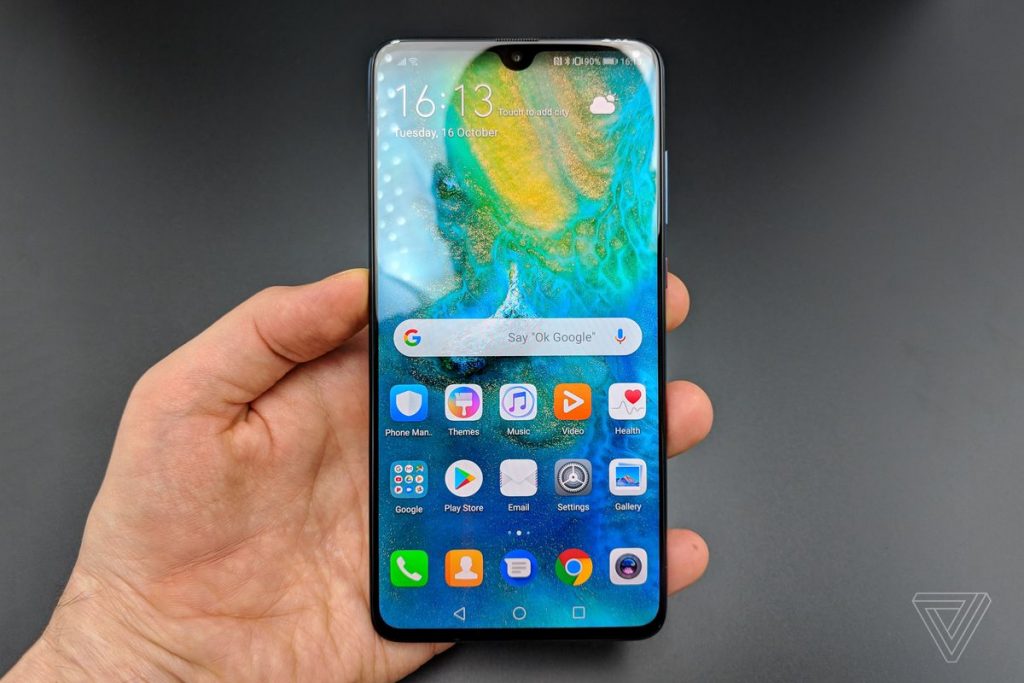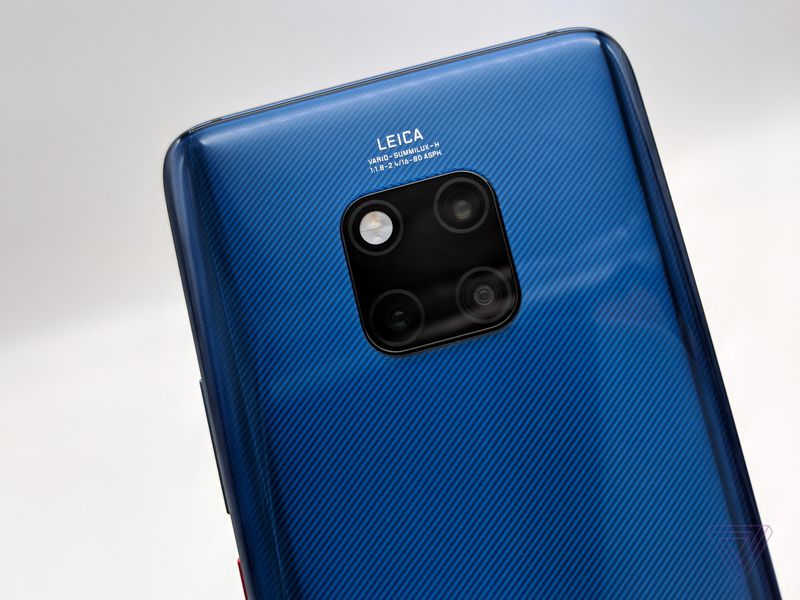In the last quarter of 2018 Huawei has launched their new flagship device Mate 20 and Mate 20 Pro with huge specs bump and new feature you’ve never seen before.
First lets talk about Mate 20, with its a 6.5 inches IPS LCD with 1080×2244 screen resolution. The notch on the phone is very small compare to other Huawei devices. It’s like the one on Oppo devices called Tear Drop notch design.
In this smartphone the makers have used their newest processor chipset Hisilicon Kirin 980 which is comparatively more powerful then Qualcomm Snapdragon 845. A glass sandwich design with aluminum sides. 88% screen to body ratio which is like so much to look at. Just like P20 Pro, Huawei Mate 20 have 3 rear facing Cameras. A 12MP standard lens, a 16MP ultrawide lens and 8MP telephoto lens. No monochrome lens this time. Fingerprint on Mate 20 is on the back of the device. This device is more powerful then P20 and P20 Pro.

Now the main highlight of the event, Huawei Mate 20 Pro. Same as Mate 20 mobile phone they used their newest processor chip-set 7nm Hisilicon Kirin 980. The Mate 20 Pro has a high-resolution 6.4-inch OLED display. The Note 9 is definitely the phone Huawei is aiming to outdo with the Mate 20 Pro. In briefings ahead of the launch event in London, Huawei stressed how much better its Android software is than Samsung’s, including claims of 22 percent higher stability in gaming performance and 14 percent higher power efficiency in the Mate 20 Pro than the Note 9.
The new Mate device also has fast wireless charging, like Samsung’s smartphones, but Huawei goes a step further by also offering reverse wireless charging to Qi-compatible devices. That’s to say, you can use a Mate 20 Pro to wirelessly charge a Note 9 or an iPhone X / XS.
It’s worth revisiting the full set of world firsts that Huawei claims with this chip, though the main takeaways for me are better performance and efficiency than the prevalent Snapdragon 845, faster LTE with a Cat.21 modem supporting speeds up to 1.4Gbps, and a ton of AI processing capabilities baked right into the design.
Exactly as with Apple’s A12 Bionic in the iPhone XS, the Kirin 980 has 6.9 billion transistors and includes dedicated neural processing units to assist with AI tasks.
Huawei has ditched its monochrome sensor, which used to work in combination with the color sensor to provide sharper edge definition with less noise. Instead, the company is implementing three different focal lengths, with one 20-megapixel camera for super wide shots, one 40-megapixel shooter in a conventional wide-angle, and one 8-megapixel telephoto camera.
One of the cool evolution in Huawei’s Master AI 2.0 image processing with the Mate 20 Pro is the ability to segment a photo into sections and treat each one differently. Previously, a phone like the P20 Pro would detect a blue sky in your photo and treat the whole image accordingly, resulting in exaggerated and unattractively artificial-looking lines in the scenery below.
Like most Android flagships this year, the Huawei Mate 20 Pro has an iPhone-like notch at the top of its screen, but on this occasion, the notch serves the same purpose as on the iPhone. Huawei has built its own version of the iPhone’s Face ID, and it’s gone further by also implementing a fingerprint sensor into the Mate 20 Pro’s display, which the iPhone lacks.
The Huawei Mate 20 Pro will be available with 6GB of RAM and 128GB of storage for 99,999Rs starting today.
Source: http://www.oyeyeah.com/reviews/huawei-official-…amera-and-review/


